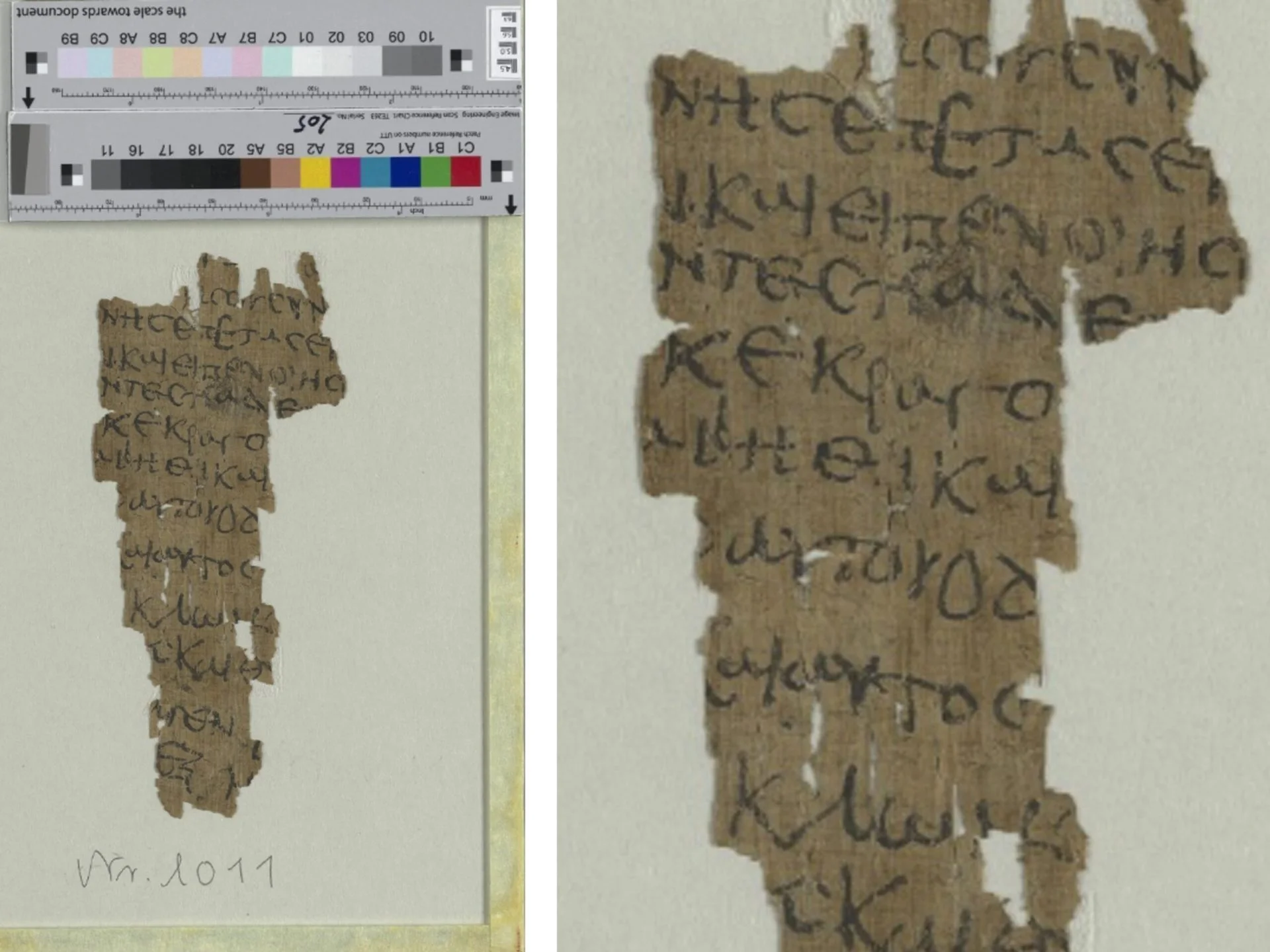The Infancy Gospel of Thomas is an apocryphal gospel that describes the early life of Jesus.
The gospel dates from the 2nd century AD, however, early Christian writers denounced the text to be non-cannon and heretical. It is also considered to be gnostic in origin and differs from the Gospel of Thomas – which is referred to as a “sayings gospel”.
During a recent study of the papyri collections at the Hamburg University Library in Germany, researchers discovered a rare fragment of the gospel that features 13 lines of fragmentary Greek text.
It remains uncertain whether the original language of the gospel was Greek or Syriac. Following its publication, the gospel was translated into multiple languages, including Latin, Syriac, Ethiopic, Armenian, Georgian, Arabic, Gaelic, and Slavonic. Among the surviving fragments, only one other Greek example predates the 13th century.
According to experts, the Hamburg fragment is now recognised as the oldest known example, thus containing the earliest copy of the gospel. It also provides new evidence to suggest that Greek was the original text.
Lajos Berkes from the Humboldt University of Berlin, said: “Though the papyrus contains only 13 lines and has only ten letters on each line, it is closer in form and style to a later 9th century Greek version than it is to earlier versions of the text.”
A study of the fragment, published in the Journal of Papyrology and Epigraphy, suggests that the text recounts the “vivification of the sparrows”, an episode in Jesus’s childhood in which Joseph finds Jesus making dove figurines from clay on the Sabbath.
Based on the handwriting style, the varying letter sizes and multiple erasures, the scholars suggest that the Hamburg example is a handwritten copy the Infancy Gospel of Thomas, likely as a writing exercise in a monastic context.
Header Image Credit : Public Domain
Sources : Journal of Papyrology and Epigraphy







